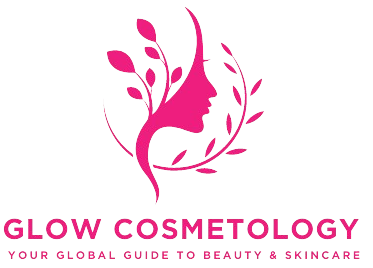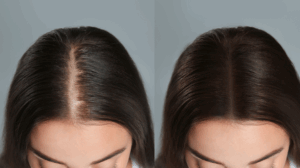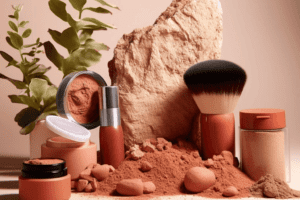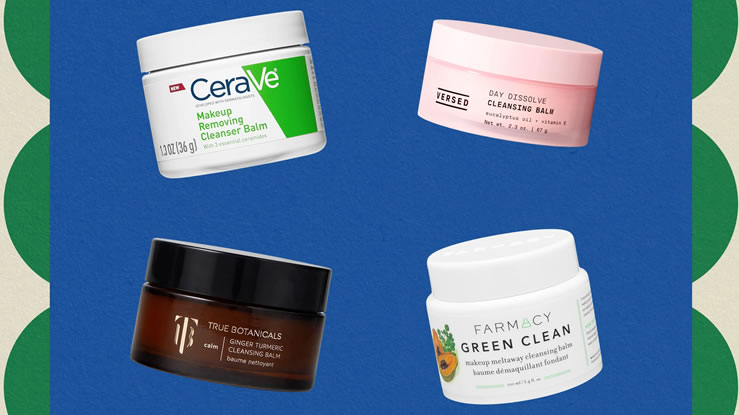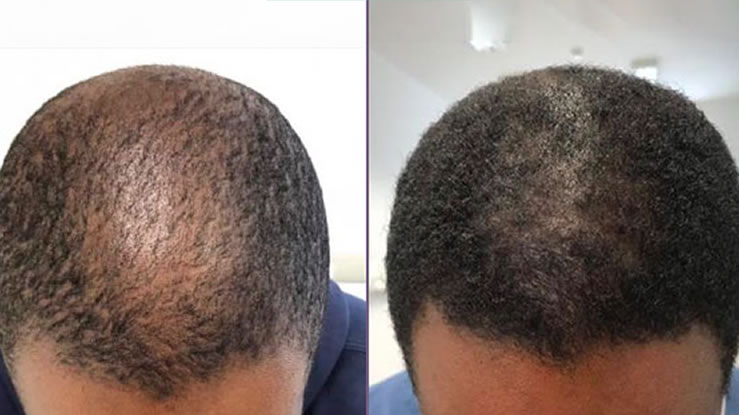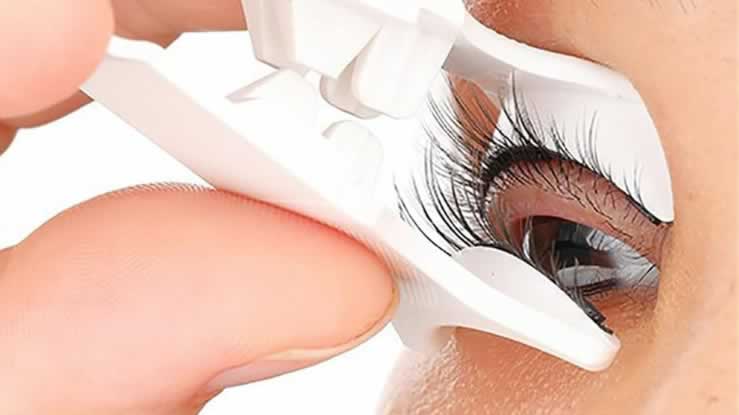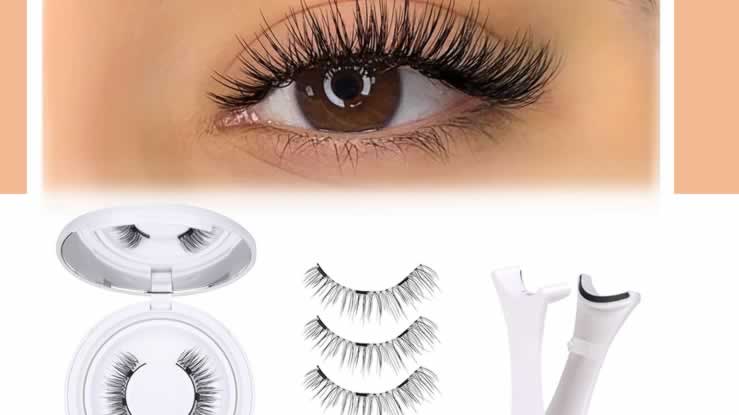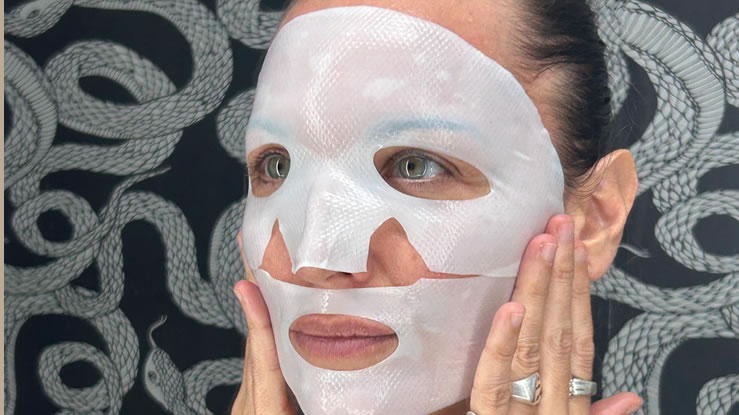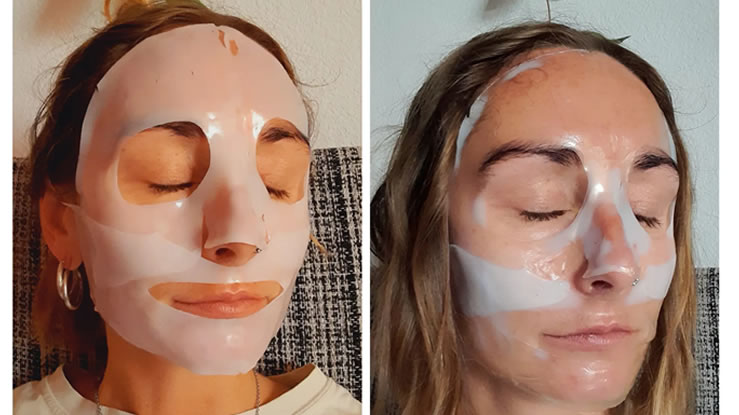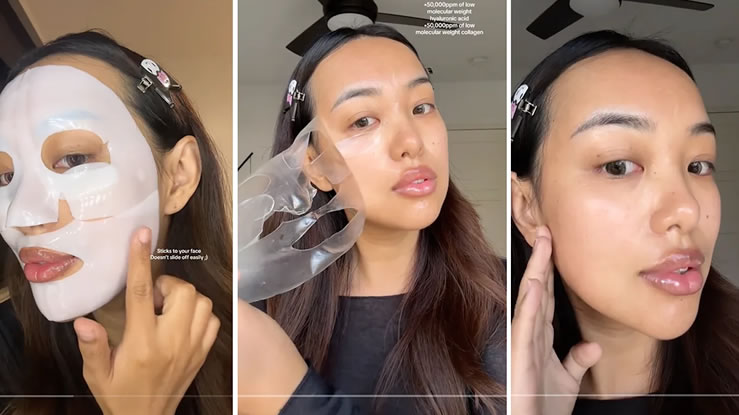If you’re searching for that radiant, glowing complexion, exfoliation is an essential step in any skincare routine. But with the vast range of exfoliants available—from scrubs and peels to acids and enzymes—how do you know which one truly works best? The answer depends on your skin type, concerns, and personal preferences.
This comprehensive guide dives deep into the world of exfoliation to help you discover the most effective exfoliant for your skin. Whether you have dry, oily, sensitive, or melanin-rich skin, we’ll break down what works, what doesn’t, and how to exfoliate safely for lasting, beautiful results.
1. What Is Exfoliation?
Exfoliation is the process of removing dead skin cells from the outermost layer of your skin, called the stratum corneum. This layer constantly renews itself, but factors like age, environment, and lifestyle can slow this natural process, causing dead cells to accumulate.
When dead skin builds up, it leads to clogged pores, dullness, rough texture, and uneven skin tone. Exfoliating regularly clears away this buildup, helping your skin look fresh, smooth, and healthy.
2. Why Exfoliation Is Essential for Healthy Skin
-
Improves Skin Texture and Radiance: By removing dead cells, exfoliation smooths rough patches and reveals brighter skin underneath.
-
Boosts Absorption: Clearing away the top layer allows serums, moisturizers, and treatments to penetrate more deeply and work effectively.
-
Prevents Acne and Breakouts: Dead skin cells can clog pores and cause breakouts; exfoliation helps keep pores clear.
-
Fades Hyperpigmentation: Regular exfoliation encourages cell turnover, helping fade dark spots and even out skin tone.
-
Stimulates Collagen Production: Some exfoliants can promote collagen synthesis, reducing fine lines and improving skin elasticity.
3. Types of Exfoliants: What Are Your Options?
Exfoliants generally fall into three categories:
A. Physical Exfoliants
These use friction to manually remove dead skin cells, including scrubs (sugar, salt, beads), brushes, sponges, or exfoliating gloves.
Pros: Immediate smoothness, easy to find in products
Cons: Can be too abrasive, causing micro-tears, irritation, and inflammation, especially for sensitive or melanin-rich skin.
B. Chemical Exfoliants
These use acids or enzymes to dissolve dead cells without scrubbing. Chemical exfoliants include:
-
AHAs (Alpha Hydroxy Acids): Water-soluble acids like glycolic acid, lactic acid, and mandelic acid. Ideal for dry, sun-damaged, or aging skin because they also boost hydration.
-
BHAs (Beta Hydroxy Acids): Oil-soluble acids like salicylic acid that penetrate pores to exfoliate inside, perfect for oily or acne-prone skin.
-
PHAs (Polyhydroxy Acids): Larger molecules, gentler than AHAs and BHAs, great for sensitive skin.
Pros: More even exfoliation, less abrasive, target specific concerns
Cons: May irritate if overused or not matched to skin type
C. Enzymatic Exfoliants
Derived from fruits like pineapple (bromelain) or papaya (papain), enzymes gently break down dead skin cells.
Pros: Very gentle, good for sensitive skin
Cons: Less potent, results are more gradual
4. What Is the Most Effective Exfoliant for Different Skin Types?
For Oily and Acne-Prone Skin
-
Best Choice: BHA (Salicylic Acid)
Salicylic acid penetrates deep into pores, dissolves excess oil, and fights acne-causing bacteria. It’s anti-inflammatory and helps prevent blackheads and whiteheads.
For Dry or Aging Skin
-
Best Choice: AHA (Glycolic Acid or Lactic Acid)
AHAs remove flaky skin and boost moisture retention. Glycolic acid, with the smallest molecular size, penetrates deeply for visible smoothing and brightening.
For Sensitive Skin
-
Best Choice: PHA (Gluconolactone) or Enzymatic Exfoliants
Gentle options that exfoliate without irritation or dryness. PHAs also provide antioxidant benefits and improve barrier function.
For Melanin-Rich Skin
-
Best Choice: Gentle chemical exfoliants (Lactic Acid, Mandelic Acid)
Avoid harsh physical scrubs that may cause microtears or worsen hyperpigmentation. Chemical exfoliants help with even skin tone and prevent post-inflammatory hyperpigmentation.
5. Exfoliation and Common Skin Concerns
Acne
Salicylic acid is the gold standard due to its ability to unclog pores and reduce inflammation.
Hyperpigmentation
Regular use of AHAs combined with brightening agents (like vitamin C or niacinamide) helps fade dark spots.
Dullness and Rough Texture
Glycolic acid and lactic acid both smooth the texture and stimulate skin renewal for a radiant glow.
Keratosis Pilaris (“Chicken Skin”)
Gentle exfoliation with lactic acid or urea-based products softens bumps and improves skin texture.
6. How to Exfoliate Safely: Tips and Best Practices
-
Start slow: Begin with 1–2 times per week to assess tolerance.
-
Use sunscreen: Exfoliation increases sun sensitivity. Always apply SPF daily.
-
Don’t over-exfoliate: Excessive exfoliation can damage the skin barrier and cause redness, dryness, or irritation.
-
Avoid harsh scrubs on sensitive or melanin-rich skin: Opt for chemical or enzymatic exfoliants instead.
-
Patch test new products before full use.
7. Common Myths About Exfoliation
-
Myth: You should exfoliate every day.
Fact: Daily exfoliation can harm your skin. Most people benefit from 1-3 times per week. -
Myth: Physical scrubs are the best way to exfoliate.
Fact: Chemical exfoliants are often more effective and less damaging. -
Myth: Exfoliation can shrink pores.
Fact: Pores don’t shrink, but exfoliation clears them, making them appear smaller.
8. How Often Should You Exfoliate?
Frequency depends on exfoliant type and skin sensitivity:
-
Physical scrubs: 1-2 times per week max
-
Chemical exfoliants: 2-3 times per week, or even daily with mild formulas
-
Enzymatic exfoliants: 2-4 times per week, depending on product
Always adjust based on how your skin responds.
9. Top Dermatologist-Recommended Exfoliants in 2025
-
Paula’s Choice Skin Perfecting 2% BHA Liquid Exfoliant (salicylic acid)
-
The Ordinary Glycolic Acid 7% Toning Solution
-
Drunk Elephant T.L.C. Framboos Glycolic Night Serum
-
First Aid Beauty Facial Radiance Pads (PHA exfoliation)
-
Tatcha Rice Enzyme Powder (enzymatic exfoliant)
10. Final Verdict: What Is the Most Effective Exfoliant?
There isn’t a one-size-fits-all answer. The most effective exfoliant depends on your unique skin type, concerns, and tolerance. For oily and acne-prone skin, BHAs like salicylic acid reign supreme. For dry or mature skin, AHAs like glycolic acid deliver powerful smoothing and hydration. Sensitive and melanin-rich skin benefits most from gentler chemical or enzymatic exfoliants to prevent irritation and hyperpigmentation.
The key is consistency, proper product selection, and respecting your skin’s limits. When done right, exfoliation can be a game-changer for your skin’s health, appearance, and confidence.
Related Articles
